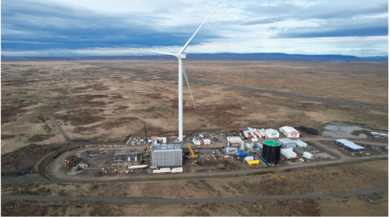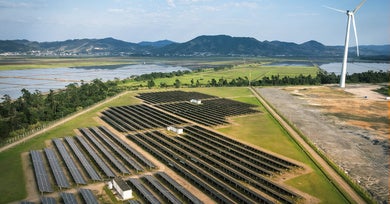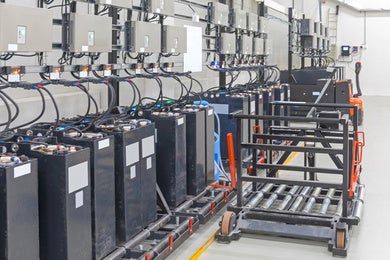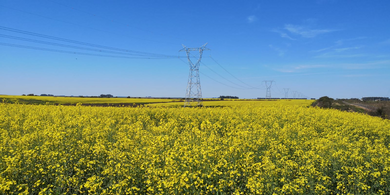Posts by Energy

Green Hydrogen Is Picking Up Speed in Latin America and the Caribbean
Green hydrogen can revolutionize the energy, manufacturing and transportation sectors in the region, making it a global hub of the so-called "energy vector of the future." However, some major challenges to its sustained deployment need to be taken into account.

How Latin America is Leading in the Renewable Energy Space
Bold and immediate action is needed for businesses and economies to leverage the transformative power of the private sector as we strive to meet our net-zero commitments under the Paris Agreement.

How Power Batteries Can Accelerate Decarbonization
There can be no global shift to renewable energy without better storage technology. New solutions such as Battery Energy Storage Systems (BESS) are emerging in the region to help build the business case for coupling this technology with renewables.

Fighting Climate Change, One Project at a Time
With greater access to much-needed global capital, Latin America and the Caribbean can become the world’s leading renewable energy hub, taking advantage of ample sunlight and available land.

Green Transmission Lines: Key Asset for the Development of Renewables in the Region
You probably haven't heard yet about a great way to ensure the sustainability of the energy sector: green transmission lines. These lines contribute to decarbonize interconnected national grids and feature top notch social practices.

Welcome to the New Hydrogen Economy!
Green hydrogen is the new kid on the block in the renewable energy space. It’s generated through the split of hydrogen from oxygen in water using a renewable source (solar, wind energy or hydropower), causing no emissions from this process.
